Fine Motor Requirements For Handwriting
This post may contain affiliate links.
What exactly are the fine motor movements that are used in writing? In a mature dynamic grasp, the fingers do the majority of the work, but the whole hand is required in order to stabilize and provide strength for the activity. The most important muscles for efficiency when making the actual pencil movements, are the tiny little muscles in the hand and fingers. The larger muscles in the hand help to stabilize the pinky (ulnar) side of the hand so that the tiny muscles of the fingers can make the small movements that are used for efficient writing. These small movements of writing are generally seen developmentally by around 5 years old, which is when kids can start perfecting the movements that are used in writing, but the development of the muscles that are used for writing starts early on in life, when a baby begins to crawl, through weight bearing, grasping, squeezing, etc.
In order to use the fine motor movements in your hand, you need to have stability and strength in your body, your shoulder, your arm, your wrist, and your hand. If you don’t have the strength and stability in the rest of your body, using your hand is much harder.
Looking at the different motor needs for writing and the movements that you use, you have:
- Bilateral hand skills
- The ability to use both hands together doing different tasks.
- Shoulder and Postural (body) stability
- Stabilization of the body in a functional position. Being able to maintain a good sitting position and hold the shoulder in a good stable position.
- Wrist stability and extension
- It is easiest to use your finger movements when your wrist is slightly extended, and when your hand is stabilized and resting on the table.
- Development of the palmar arches
- The arches of the hand are where your hand bends and wrinkles. These arches give the hand its mobility and ability to function on different planes.
- Thumb opposition
- This is the ability of your thumb to touch the opposite side of your hand, your pinky and the other fingers of your hand. You have a pad of muscles at the base of your thumb that move your thumb in multiple directions in order to get a lot of movement and coordinated movements.
- Separation of two sides of the hand
- This is the ability to move the pinky side of your hand separately from the thumb side of your hand. In writing, you are able to use the most refined movements of your thumb and radial fingers while the pinky side of your hand is not moving and is stabilized.
- In-hand manipulation
- This is the ability to move items around in the hand using precise finger movements. The types of in-hand manipulation include translation, rotation, and shift.
- Hand Strength
- This is how strong those muscles of the hand are, and how well they can maintain their holding position and movements. If there is weakness, it becomes hard to achieve and hold the movements that are used for writing.
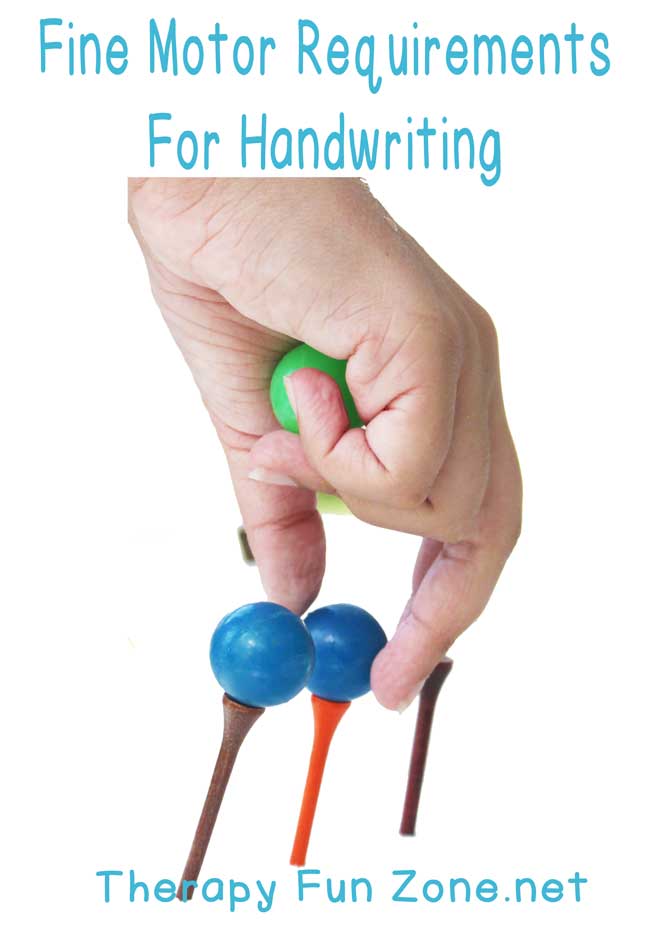
These small muscles of the hand are best developed in a gradation of movements, starting with the larger hand movements, such as squeezing and pinching, weight bearing, and then working towards the smaller more refined hand and finger movements that are used for in-hand manipulation tasks such as squirreling coins in the palm of your hand and then moving them pack to your finger tips. These in-hand manipulation movements are also used to turn your pencil upside down in order to use the eraser, and to twirl your pencil between multiple fingers.
To work on the fine motor skills that are used for writing tasks, I love to have kids pick up multiple coins with only one hand at a time and squirrel them into their palm. Then the child has to move the coins back to their finger tips one at a time to place them into a piggy bank. I also do this activity with a tennis ball head (Munchy Ball) and beads or bugs. These activities can really refine the small muscles in the hand and fingers in order to get them working separately rather than as a group.
Just because a student has poor handwriting does not mean that they have bad fine motor skills. You can have a student with perfect skills in every skill area and still have bad handwriting. Probably the most important factor in writing neatness is motivation. How badly do you want your writing to look neat.
When you have problems and delays with fine motor skills, kids may have a funny grasp on their pencil, and may have trouble holding their pencil long enough to achieve the precise movements.
Some modifications that may help when fine motor skills are a problem:
- Sometimes a pencil grip may help achieve a better grasp.
- A built up handle may be necessary for a child with significant weakness.
- Sometimes having a child hold a pom pom in the palm of their hand with their pinky is all that it takes to increase the stability of the hand in order for the thumb and fingers to do the precise motor movements.
- A smaller pencil may be needed to help facilitate the right grasp.
- The modified/adapted tripod grasp uses the least amount of muscle of any grip position, so it is good for those who fatigue easily.
I have another article about different pencil grips and what I think about them.
This post is part of the Functional Skills for Kids series. You can read all of the functions on childhood HERE. Read all of my monthly posts in this series HERE.
Looking for more information about Handwriting in childhood? Stop by to see what the other Occupational Therapists and Physical Therapists in the Focus on Function series have written.
Developmental Progression of Handwriting Skills | Mama OT
Fine Motor Requirements for Handwriting | Therapy Fun Zone
Gross Motor Skills and Handwriting | Your Therapy Source
Sensory Processing & Handwriting Skills | Sugar Aunts
Handwriting and the Reluctant Writer | Kids Play Space
Activities to Practice Handwriting Skills at Home | Growing Hands-On Kids
Visual Perceptual Skills Required for Handwriting | Your Kids OT
Handwriting and Play | Miss Jaime OT
Handwriting Development, Sizing, Spacing & More | The Inspired Treehouse

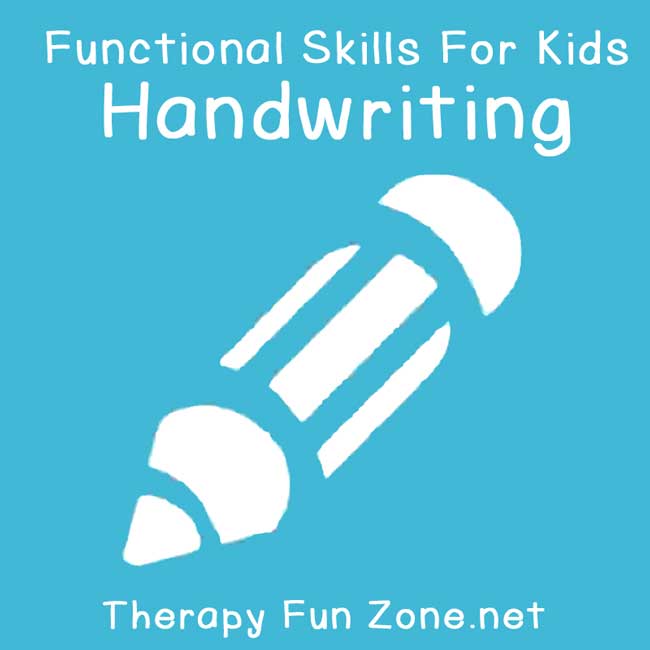


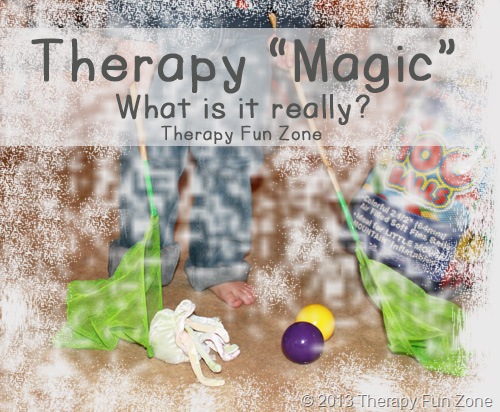
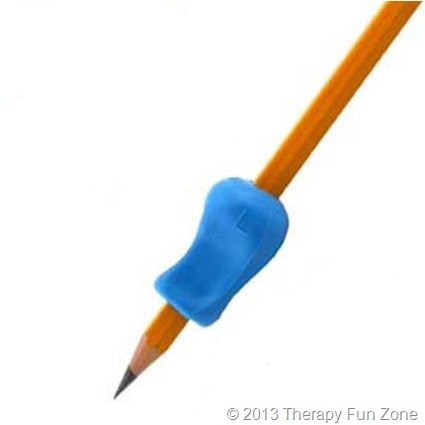
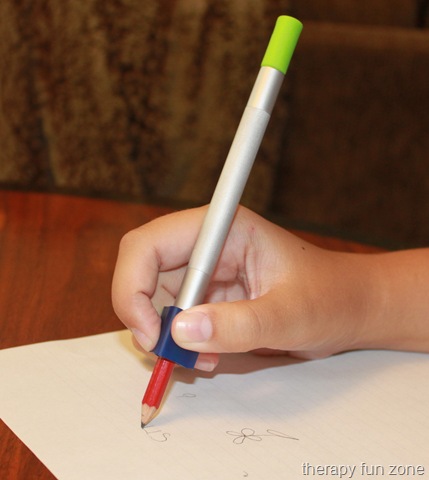
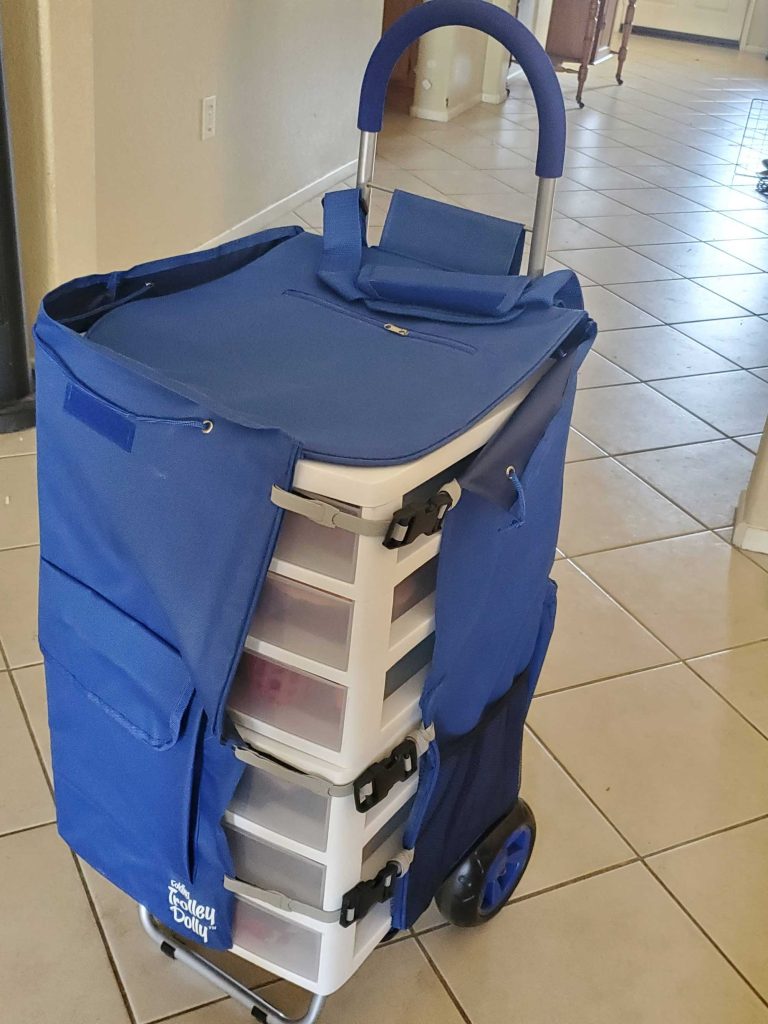
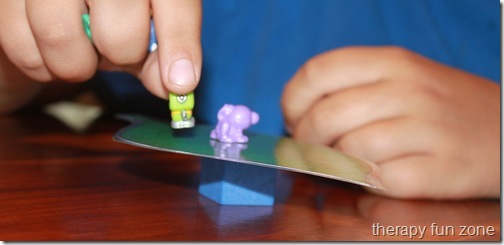
Great informative post! Makes you realize all the complex fine motor skills that handwriting requires. Agree 100% with your statement about motivation!
Great post! Amazing how many fine motor skills are required isn’t it!! Anna:-)
Such great information here. Love how you showed that a seemingly simple task that we often take for granted (handwriting) is actually the sum of many smaller, more complex skills.
Great post! I am a homeschooler, and a former OT, who has written about handwriting also, and I so appreciate your valuable resources on this topic. http://betsyhomeschoolconsulting.blogspot.com/2015/08/nine-fun-ways-to-mature-grasp.html
Great tips and points! I especially love the motivation bit. Agree!
Thanks for breaking down all the fine motor components that go into handwriting success! I sometimes feel tongue tied when trying to rationalize to teachers why a student still needs to work on their fine motor skills even though their hands are “strong”…it’s because they’re missing some of those more refined skills that you broke down such as the in-hand manipulation, development of the palmar arches, and/or separation of the 2 sides of the hand. Thanks for the reminder about all the tiny parts that make for great fine motor success!
Thank you for a great comprehensive info. I have made a free video on this topic too, see http://www.learnwithmyfantasticfingers.com/#!select-effective-fine-motor-activities/c1o7r
I encourage all pediatric OT’s to remember that you’re client may be very motivated to have good handwriting, or play the piano, or play jacks but if you have poor motor memory, poor motor planning or slow milenization of nerve pathways it can be very heartbreaking. The child who wants those skills and tries again and again with marginal results just need encouragement work and understanding.
Yes agreed. Those are all areas that can be problems, and deserve their own full discussion.
I am using this in my assignment can I ask who the author is please
I am the author. Tonya Cooley, OTR/L